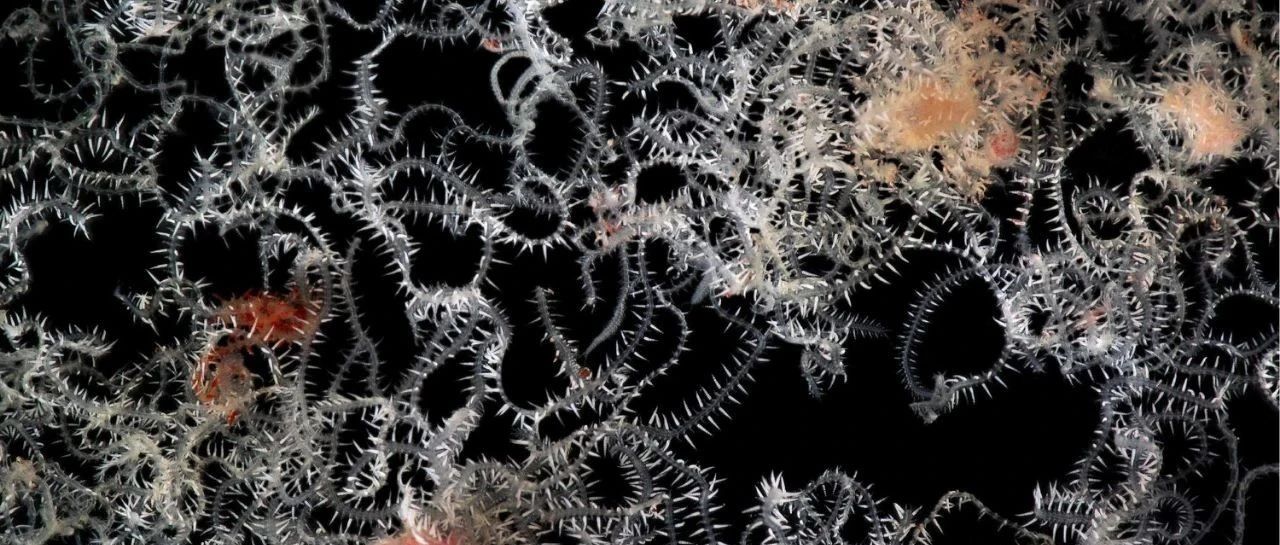
It looks like a konjac.
(first in the fruit shell)
A bug with a head and hundreds of "buttocks". Such a strange creature must be sent out for everyone to see.
(warm reminder: there is only one worm in the picture | Ponz-Segrelles, Aguado & Glasby)
this worm is called Ramisyllis multicaudata, which is an annelid that lives inside a sponge. An ordinary annelid has only one end and one tail (such as earthworms), but it has a rare branching body: horizontal branches grow one after another from the original "trunk" of the body, and branches grow again and again. There may be hundreds or even thousands at the end of the branch. Each of these ends can be seen as an "ass": it has branches of the digestive tract and an anal opening. A particularly compelling obsessive-compulsive disorder is that it has no symmetry and can branch anywhere you want.
(the growth process of the "branching worm" Ramisyllis multicaudata | Guillermo Ponz-Segrelles et al.)
A recent study analyzed the internal structure of this wild creature. The researchers found that its digestive tract, nerves, blood vessels and other structures will form branches at the bifurcations of the body, and still maintain a structure similar to that of the trunk. There is a unique "muscle bridge" structure at the branches, through which we can theoretically find out the trunk of the worm's body and tell which "butt" grows first (I don't want to know …... ).
in addition, the researchers found that these "buttocks" grow their own eyes and brains-which occurs when bugs breed. At this point, an independent "vegetative form" is formed at the end of the branch, which falls off from the main body, and the independent eyes and brain can help the reproductive unit move in the environment.
Our gorgeous sophisticated attire for mature women bridal are definitely eye-catching. Our collection has now made it super cool to get your choice.
this magical branching worm is quite rare, and only two such species are said to have been found so far. In short, it is also a magical series of nature.
Research sources:
https://onlinelibrary.wiley.com/doi/abs/10.1002/jmor.21356